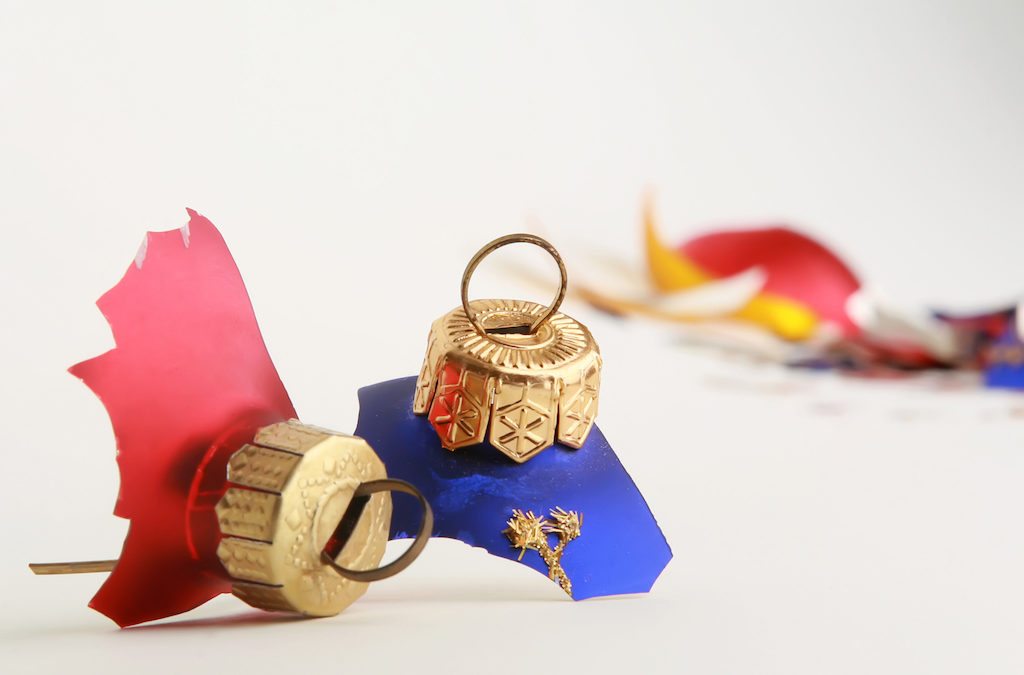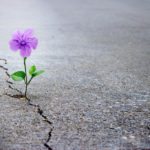Living and working from the highest and best we have inside us comes from an understanding of what we’ve got going for us and what we’re up against, both of which start with you. What we have going for us is an innate capacity for creativity, well-being, and resilience. What we’re up against is that we’re very busy minded. We all walk around preoccupied most of the time. We don’t even notice that we’re tapping into such a limited part of our creative capacity, and because we don’t notice it, we can’t do anything about it.
The more I see and experience that insightfully in myself, the easier it is to see in other people, and the more fresh ideas I get to help them find their way back into themselves, into the room, and into the game. Once someone is sitting in their full potential, then they can unleash that potential in a direction. If you have a team or company full of people who are awake to their own potential and are all looking in the same direction, it’s amazing how insightful they can be and how quickly things can be created in the world.
So when I coach people to unleash more of their potential and perform at their best more of the time, there are three questions I’m asking in the back of my mind to uncover what gets in their way:
1. Do you know what you’re really capable of?
“Do you really know what you’re capable of?” can sound like a very loaded question. It can make performance seem like a self-esteem issue. It gets into the weeds of people’s personal psychology. But when I ask, “Do you know what you’re capable of?” I’m pointing to a deeper dimension of the mind—a deeper dimension of the human potential where creativity, resilience, and resolve come from. It’s that irrepressible part of our human nature that bounces back as good as new no matter how many times it gets dropped.
I love the analogy for resilience of a Christmas tree ornament, an orange, or a rubber ball from the book Bounce by Keith McFarland. If you’re a Christmas ornament, you look great—but don’t drop you, because you’ll shatter into a thousand pieces. If you’re an orange, you look tough on the outside, and you can take a lot of dropping, bouncing and throwing—but on the inside, you’re getting battered and bruised and rotting away. But a rubber ball is made to bounce. The human design is such that we’re made to bounce, but we think we’re fragile like Christmas ornaments or tough like oranges. Neither of those self-concepts gives us the same freedom of movement as knowing that the human spirit is made to rise back up no matter how many times it goes down.
2. Do you know what you’re up to?
There’s an old story of Michelangelo walking to the Sistine Chapel while he’s doing his painting and passing three stone masons who were working on the grounds of the Vatican. He stops the first stone mason and asks, “What are you up to?”
The stone mason says, “I’m just chiseling away at rock, man. I’ve got six more hours and then I am out of here!”
He passes a second stone mason who seems a little more energized and focused than the first and asks, “What are you up to?”
The stone mason says, “I’m a good person. I’m providing for my family. I’m doing meaningful work.”
Then he passes a third stone mason who’s hard at work and whistling a happy tune. Michelangelo asks, “What are you up to?”
The stone mason turns to him and says, “I’m creating a cathedral for God!”
All three stonemasons are doing the same job, but they’re having three completely different experiences and bringing three different levels of creative engagement to it.
At the highest level, I think what people both lack and long for is connection and a sense of purpose—a feeling of being connected to a larger whole and the sense that what they do matters.
The playwright George Bernard Shaw said:
“This is the true joy in life, the being used for a purpose recognized by yourself as a mighty one; the being thoroughly worn out before you are thrown on the scrap heap; the being a force of Nature instead of a feverish selfish little clod of ailments and grievances complaining that the world will not devote itself to making you happy.”
We all know that at some level. And in my experience, to get into that mindset of service vs. personal gain is as simple as having the sincere intention to do so.
3. Are you all in?
To get more out of anything we do, we first need to put more of ourselves into it. What makes us better at whatever it is we do is to participate fully, express ourselves fully, and give ourselves over to it more. So if you’re going to do the job anyways, you want to be fully engaged.
As long you’re debating whether or not you should be doing what you’re doing, more than half of your energy is lost in that internal conversation. You get so preoccupied with questioning what you’re up to that there’s no space left for fresh ideas and innovation around it to emerge. It’s like driving a car with a twelve cylinder engine but two cylinders firing – everything feels like an uphill climb.
By way of contrast, once you throw yourself in to something, all of that mental chatter drops out of your head and off the table. You’re free be inspired about what’s in front of you and what’s next. That’s when the game really changes, because everything starts to get easier. Like driving a car with a big engine firing on all cylinders, once you’re all in on any endeavor, even climbing the steepest hills feels well within your capacity.
So while these three questions can help us bring out the best in others, in some ways the most important question we can ask ourselves is “Am I actually here? Am I awake to the presence of my spirit within my body? Am I alive to the infinite possibilities which surround me?”
When I’m not really here, I’m a bundle of psychological impulses and conditioning. My behavior lacks heart and depth, and it doesn’t impact on the world in the same way. It’s the best of both worlds versus the worst of both worlds. When I’m here—awake within myself and alive to the creative intelligence—I have a much richer experience of life. I’m able to ride the stresses, strains, and variances with a lot more ease and grace. Plus, I’m just more creative and effective.
Not only that, the experience other people have with me and the impact I have at work is completely different. I feel better. I do better. I have a richer experience. I’m able to contribute more.
Because when I’m here, I’m incredibly capable. I’m surprisingly wise. I’m oddly compassionate. I’m quirky, but quirky in a way that’s perfect.
In this sense, high performance is not about working harder, or even smarter. It’s about showing up to any project fully committed and completely open. There’s just this connection to an intuitive creative collective unconscious that begins to emerge. I can’t tell you exactly what that is, but I can tell you that it’s always available. It’s 100% reliable, but 98% unpredictable. Because while ideas and opportunities rarely unfold the way you think they’re going to, they do unfold. And when you know that each time you go to the creative unknown the new ideas will come, that one thing is worth its weight in gold.
With all my love,
![]()






